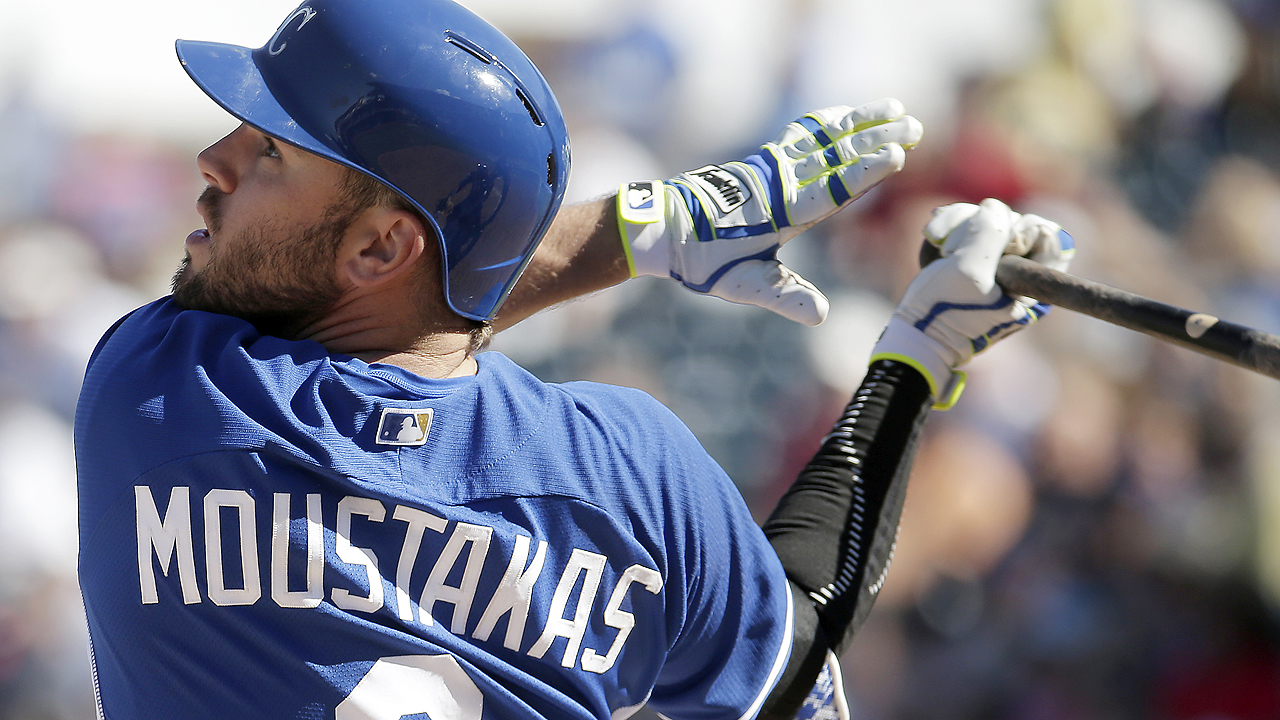
Major League baseball handed down their punishment to the Atlanta Braves for doing what nearly every other team does former General Manager John Coppolella’s violation of MLB rules, finally allowing the Atlanta Braves to start their 2017-2018 Hot Stove season. The Braves hired former Toronto Blue Jays General Manager Alex Anthopolous to be the new General Manager, while just days later, former President of Baseball Operations John Hart resigned his position. This leaves Anthopolous in full control of the Atlanta Braves payroll and spending for the upcoming (current?) Hot Stove season.
With the General Manager position filled, the next question seems to be “How active are the Braves going to be in free agency?” With weaknesses at third base, in the bullpen, in the starting rotation, and on the bench, many observers have pegged the Braves as potential players in the free agent market this offseason. In addition to filling immediate holes, a splashy free agent signing could go a long way towards winning back some good will from fans disenchanted after the teams’ recent performance and scandal. But, before Anthopolous goes shopping, he needs to know how much he can spend. So, let’s see if we can help him out.
How much will be available? Let’s dive in.
The Limit
Nobody outside the Braves organization has a full picture of the team’s finances. The cap on how much the team will have available to spend is very dependent on the revenues generated from the operations of the new stadium. However, based on past years and recent statements, I think we can expect that the maximum available for the Braves payroll in 2017 will be about $130 Million. I actually expect it to be a little lower, maybe around $122M-$125M, but that’s my own uninformed speculation. For the purposes of this exercise, we will assume the maximum available amount of $130M.
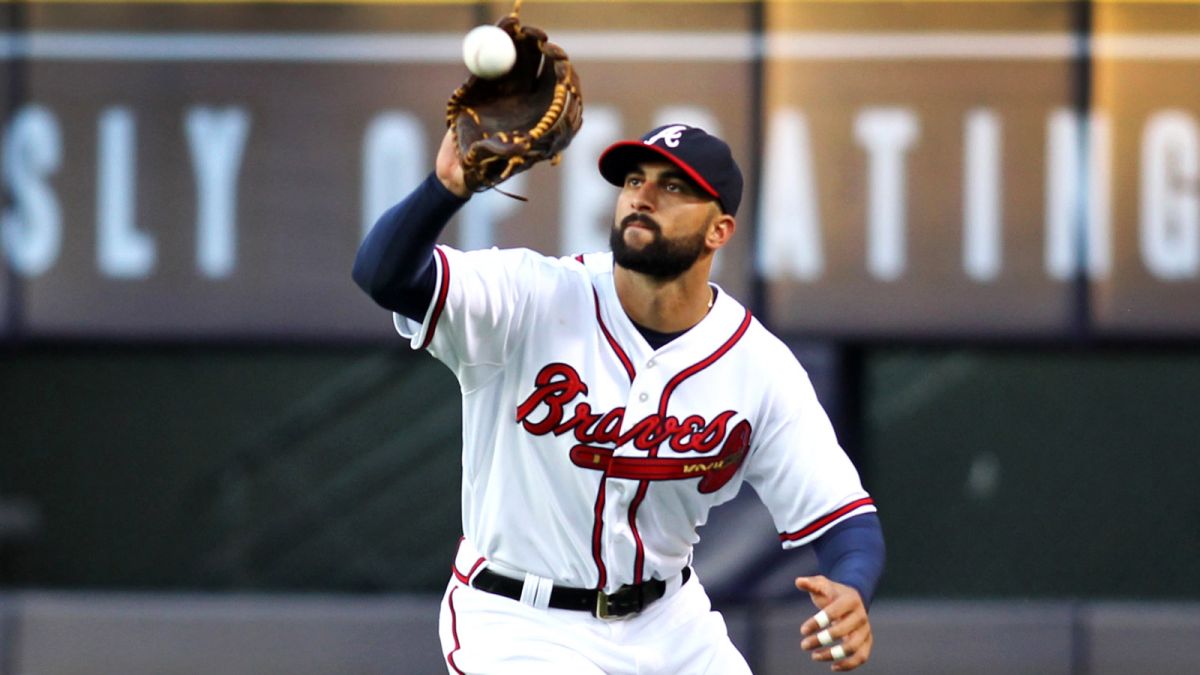
The Guarantees
Currently, there are seven players on the Atlanta Braves roster with guaranteed contracts for 2018:
- Matt Kemp – $21.5M
- Freddie Freeman – $21M
- Nick Markakis – $10.5M
- Julio Teheran – $8M
- Ender Inciarte – $4M
- Tyler Flowers – $4M
- Kurt Suzuki – $3.5M
- Chase Whitley – $800K*
- Rex Brothers – $450K
(* Whitley has a split contract that pays him a pro-rated $800K for time spent on the active roster, and $400K for time spent in the minors. While not technically a guaranteed contract, I think Whitley has a fan in the front office and will be on the active roster for the season. Rex Brothers reached a similar deal, paying him $1.1M pro-rated for the the days on the active roster and a guarantee of $450K; however, I don’t expect Brothers to spend much time on the active roster….hopefully.)
A quick note about the figures above, and those later in the article. The figures listed are the actual Braves payroll figure for the player. This is his salary that he receives from the team. It does not include any incentives, it does not include any signing bonus (unless paid in 2018), and it does not include any money that the Braves may have received from other teams as part of a trade.
For example, Matt Kemp will earn a salary of $21.5M this year. That entire amount is paid by the Braves. Matt Kemp does not receive a check from the Los Angeles Dodgers, nor does he receive a check from the San Diego Padres. He earns $21.5M in salary, and the Braves payroll department writes him checks that total $21.5M.
The Padres did send over $10M in the trade with Kemp to help offset some of his future salary. However, the Braves received and deposited that money in 2016. It wasn’t set aside in an account to be used exclusively for Matt Kemp every two weeks when he gets paid. That money went into the Braves operating coffers, which gave them more money available to offset their new liability (his contract). Since the money was already received and used, it isn’t available now.
Also, some outlets report Kemp’s salary as $21.75M. However, this is not the actual salary he receives, but his salary for the purposes of calculating the luxury tax (his “cap hit” for the football and basketball fans). As part of his 8-yr/$160M contract signed in 2011, Kemp received a $2M signing bonus, which was paid in 2012. This bonus is not calculated in his annual salaries since it was already paid, but it must be accounted for in the luxury tax system MLB uses. Any signing bonus paid is amortized over the term of contract. In this case, Kemp’s luxury tax hit is $250K per year more than his salary ($2M divided by 8 years). Similarly, the recently extended Inciarte will earn a salary of $4M in 2018, but will have a luxury tax hit of $4.7M ($3.5M signing bonuses amortized over five years).
Guaranteed Amounts: $73.750M
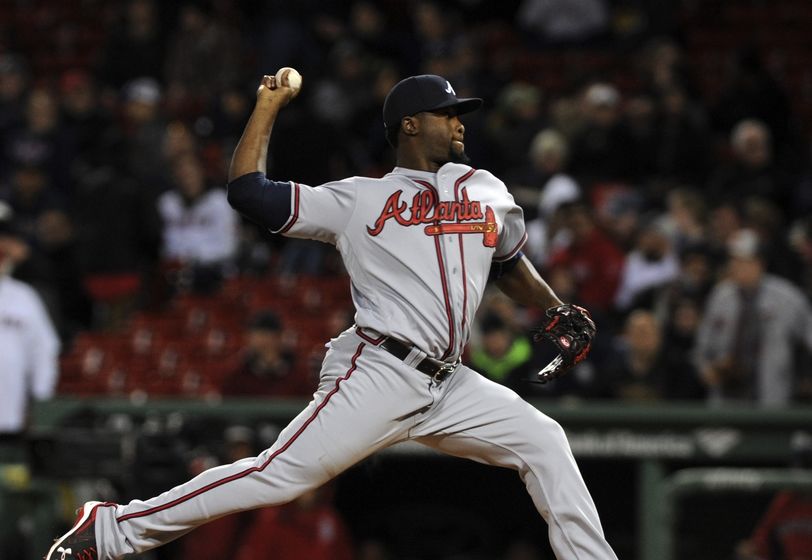
The Arbtration Eligibles
This past Friday was the deadline for teams to offer contracts to their arbitration eligible players. For the Braves, this list consisted of Mike Foltynewicz, Arodys Vizcaino, Sam Freeman, Daniel Winkler, Matt Adams, Jace Peterson, and Danny Santana. The Braves opted not to tender contracts to Adams, Peterson, and Santana, making them free agents. The other four were tendered contract offers for 2018, though we do not know for how much. Newly acquired Chase Whitley was also eligible for arbitration, but, according to Thomas Poe at Walk Off Walk, Whitley and the Braves agreed on a split contract upon his acquisition.
First, a quick recap on the arbitration process for those who may not be familiar with it. Generally speaking, for a players first three years (based on service time, not calendar time) in the big leagues, he has no bargaining power with his team; he must play for whatever amount the team offers him. Beginning after his third year of service time, the player earns arbitration rights for each remaining year (there are certain circumstances in which a player can get arbitration rights after only two years – the “Super Two” players). Arbitration simply means that the player does not have to necessarily just accept the contract the team offers. He can submit a counter-offer to the team, though he is still forbidden from negotiating with any other team. If the two sides cannot agree on a contract amount, then they go before an arbitrator in February, who then decides between the two offers. This process gives still gives teams some cost control, while also allowing for a payday for the player that is a little more reflective of his accomplishments.
While we don’t know how much each of these players will receive in arbitration, MLB Trade Rumors has done a pretty good job over the years of projecting arbitration salaries for players. Using their projections as a baseline, here are my projected arbitration salaries for the Braves four arbitration eligible players:
- Mike Foltynewicz – $2M
- Arodys Vizcaino – $3.75M
- Sam Freeman – $850K
- Daniel Winkler – $650K
Arbitration Amounts: $7.25M
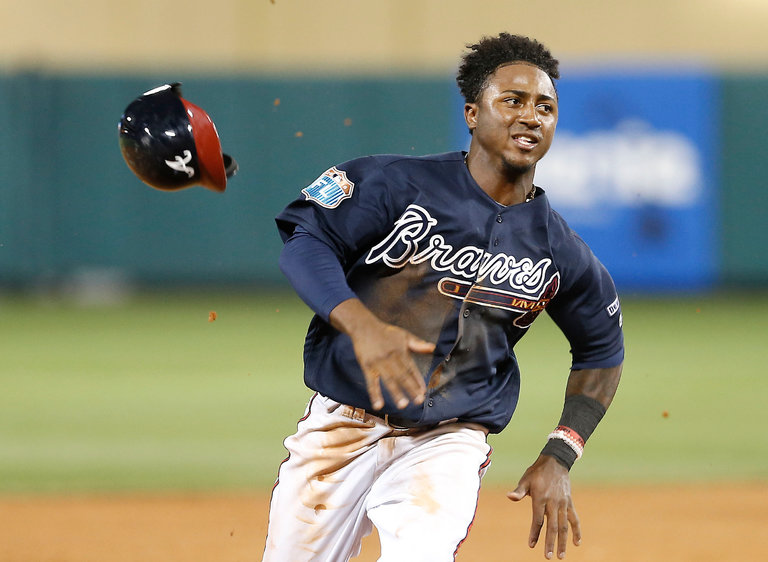
The Pre-Arbitration Players
Pre-arbitration players are those who have not yet earned enough service time to qualify for arbitration. these players essentially have to play for what their team offers, which usually at or near the MLB minimum ($545K for 2018). The Braves will have quite a few pre-arbitration players over the next several years as many of their prospects graduate to the major leagues. The Braves payroll flexibility will largely be driven by these types of players, which is a major reason why the former asshat General Manager targeted high upside minor leaguers.
So far, we have listed seven guaranteed contracts and five arbitration players. This leaves 13 players necessary to fill out an active roster. Again, remember that for these guys, the name is less important than the salary. Here are 13 pre-arbitration players we can use to determine a base roster cost for Braves payroll (each one is projected to make the MLB minimum of $545K):
- Ozzie Albies
- Rio Ruiz
- Dansby Swanson
- Johan Camargo
- Adonis Garcia
- Lane Adams
- Luiz Gohara
- Lucas Sims
- Sean Newcomb
- A.J. Minter
- Jose Ramirez
- Matt Wisler
- Random Utility Infielder
Pre-Arbitration Amounts: $7.085M
At this point, we have a 25-man roster that totals $87.635M. But, as mentioned earlier, the team will have additional expenditures in 2018.
In-Season Acquisitions
Players get injured. It’s just a fact of modern baseball. When players are injured and hit the DL, they still continue to draw their salaries. But now, the team must also replace that player with someone who else, who will himself then have to be paid. Teams must account for these moves.
In a Twitter back and forth a few years ago, a beat writer for the Braves told me that the team generally likes to keep about $5M or so in reserve for in-season acquisitions, promotions, and signings. Given that conversation occurred in 2014 (I believe), I think we can reasonably assume that the team holds back a similar, or likely slightly higher, amount.
In-Season Acquisition Amounts: $6M
Now we are at approximately $93.635M in expenditures. This is also where we get to the the part of my projections that usually causes the most disagreement – the draft. The team will have to pay signing bonuses in 2018 to the players it drafts. While those amounts are technically not payroll, they are amounts that have to be paid out of available funds. This is the way I have projected the Braves payroll and spending over the last four years, and it’s generally been pretty close.
Some suggest that the draft signing bonus money is separate from payroll and comes from a different “pile” of money. But if the Braves have X dollars available, it doesn’t matter how many piles of different amounts there are; the total remains X dollars available. Thirty million dollars available to spend is $30M, whether it is one large pile of $30M or three different piles of $10M, $8M, and $12M. As such, I count the draft signing bonuses as money that can’t be spent on free agents or acquiring higher paid trade candidates. Maybe it’s the accountant in me. We’re weird.
But, I can certainly understand those who do not want to include the draft bonuses in that figure, considering them as some other pile of money. The amount involved is not huge, and equates to maybe a fifth starter or really good reliever.
The Braves will have the eighth pick in the 2018 draft. While pool amounts have not been announced yet, the number eight team in last year’s draft had a total pool allotment of $9.905M.
2018 Draft Bonuses: $9.975M
What It All Means For Braves Payroll
Based on the above, the Braves outlay for 2018 can be expected to start at about $104,060,000 ($73.750M guaranteed + $7.25M arb + $7.085M pre-arb + $6M reserve + $9.975M draft). This is roughly what it would cost to field a team made up of currently rostered players. That means that any difference between the estimated limit of $130M and that figure can be used on upgrades.
If we use the projections and figures above, then the Braves will have about $26M available to spend on upgrades.
If we back out the 2018 draft bonuses, then the team will have about $36M available to spend on upgrades.
However, I don’t think the team will have an actual payroll limit of $130M in 2018; I believe it will be closer to about $122M (similar to the 2017 opening Day payroll). If that is the case, then the team could have as little as $18.4M available to spend.
Some might also suggest that my method of establishing a base 25-man roster cost to determine how much is available skews the numbers somewhat. In that case, we simply look at it a little differently. The cost of the guaranteed contracts, the arbitration eligibles, and the pre-arbs we reasonably expect to be on the team (Albies, Swanson, Camargo, Gohara, Newcomb, and Minter are probably safe bets) total $84.27M. We’ll still need about $6M in reserve for acquisitions (new total of $90.27M). That leaves seven players needed to fill out a 25-man roster. With a payroll cap of $122M (my expectation), the team would have about $32M available to sign seven players.
Projecting the Braves payroll and spending is an inexact science, as we don’t have access to all the information. Without that information, the entire exercise is speculation. But given what we know, and what we can throw against the wall, I think it is reasonable to believe that the Atlanta Braves will have about $18M-$25M to use on upgrades this offseason.
What should the Braves do with that money? Let us know in the comments, or tweet me.

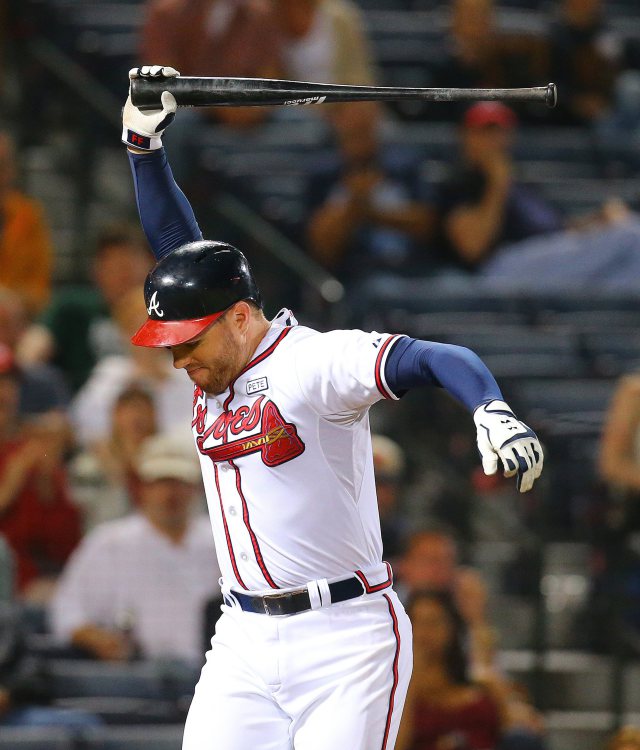

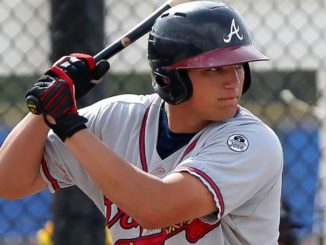
Chris there is some updating to do — Adonis Jace and company are off the books. Whether or not we can shed some of Kemps contract and Markakis.
Unless I’m overlooking something, Jace Peterson isn’t listed on the spreadsheet or in the post as being owed any money, and Adonis Garcia is still on the 40-man as a pre-arbitration player.
In any event, the name is less relevant than the amount.
But I’ll double check, because my eyes crossed a little with all the numbers.
Ok. I wasn’t sure about Jace or not. I just thought with some of the non guaranteed deals and non tenders that would augment the numbers slightly. Based on AAs comments, I hope we end up with a little more than that to spend. I suppose we can use our guaranteed pool money as trade collateral to acquire more domestic pool money or support players for our team such as bench and filling our pen. I thought just now perhaps we can trade for IPs that others sign with our own unusable share and stockpile of pitching. There are ways around this ‘hit’.
Try some neutral payroll deals. Trade Lucas Sims for Colin Moran or JD Davis (suggested by Benjamin Chase). Trade Kemp and Markakis and Blair/Wisler and $10M for Trumbo and Britton (one year of Britton has got to be better than one year of Markakis at the same rate). Kemp is a better DH than Trumbo and Trumbo is a better fielder than Kemp (but not by much) and Trumbo can back up Freeman in case of injury. Fred Owens suggested a big trade for Kyle Seager. Or maybe a trade for Yelich. Then buy Cobb or bring back J. Garcia (but not Sabathia, please). You might still have something leftover for another FA reliever (Chisek, Neshak). Only guys like Seager, Yelich, or Cobb are worth more than two years commitment. A backup plan might be to sign Frazier for two years with an option and not sign a FA starter (unless some commitments come off the books). Braves need HRs and defense (OFand 3B) in the worst way.